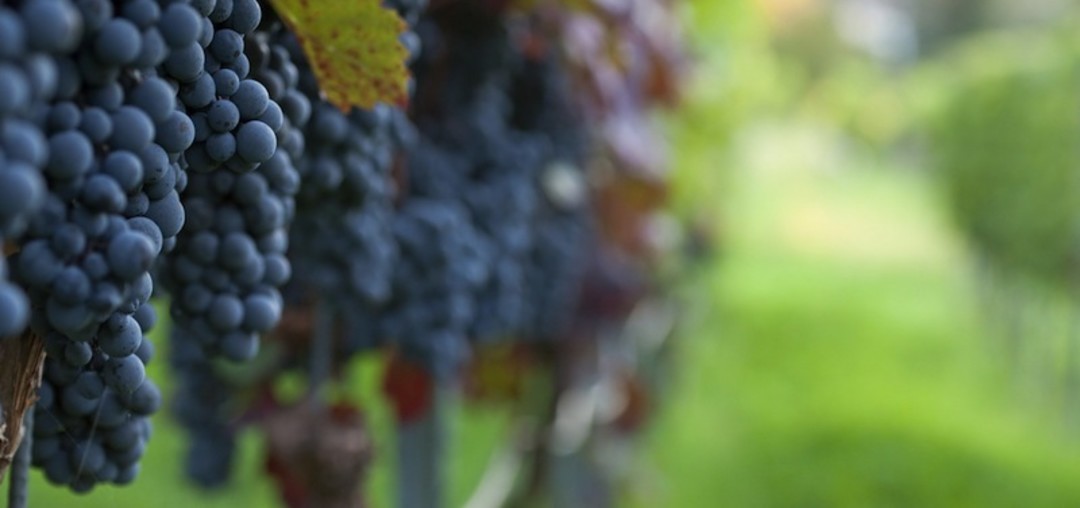The Science of Oregon Wine

Image: Gyuszko-Photo
Monday, May 5 saw the Hollywood Theatre crowded with oenophiles. Scott Burns, a longtime geology professor at Portland State University, offered his thoughts and expertise to a packed house as part of OMSI’s Science Pub series. The topic under discussion: Oregon terroir.
If terroir sounds like a word you don’t know what means, don’t feel too bad. Derived from the French word for "land" (terre), terroir essentially means “taste of a place,” a concept that is incredibly important for the region-obsessed wine industry.
Burns has been working since the 1970s within the wine industry, trying to unearth the mysteries of terroir’s effects on wine by mapping out the various soil strata within the Oregon wine country, and tying them to different sensations we experience in the wine. Two Cabernet Sauvignons—same year, same winery, but grown in two separate vineyards—could have a drastically different tastes based on the difference in soil.
Below, we’ve outlined three of the big soil types found in Oregon, so you too can become a Terroirist!
JORY SERIES: This soil type is also known as volcanic soil. Developed mainly on the Columbia River Basalts, this soil content has been maturing for millions of years. Jory soils have a high clay content and give off a dry, reddish appearance. Flavors commonly associated with wines from Jory soil are smokiness and earthy qualities.
LAURELWOOD SERIES: Composed of silt, this soil is known for being the shallowest of the soil series found in this area. Often found on hillsides where wind gradually blew the soil into place, the Laurelwood series is common in Willamette Valley pinots. Wines lighter in body, with a somewhat higher acidity feel and bright red cherry flavors and hints of white pepper identify them as Laurelwood.
WILLAKENZIE SERIES: This type of soil is known for being super-dry—the sort that feels more like powder in your hands. Although creating more work for the winemaker, the grapes this soil produces are some of the most structured and well balanced of any wines in the series. The payoff takes longer though, with many winemakers choosing to hold off on production for years to allow the vines to become well established. But Willakenzie wines are unique: dark, thick red colors, with flavors of black fruit, coffee, cola, and chocolate.




